Archives
- 2025-11
- 2025-10
- 2025-09
- 2025-04
- 2025-03
- 2025-02
- 2025-01
- 2024-12
- 2024-11
- 2024-10
- 2024-09
- 2024-08
- 2024-07
- 2024-06
- 2024-05
- 2024-04
- 2024-03
- 2024-02
- 2024-01
- 2023-12
- 2023-11
- 2023-10
- 2023-09
- 2023-08
- 2023-07
- 2023-06
- 2023-05
- 2023-04
- 2023-03
- 2023-02
- 2023-01
- 2022-12
- 2022-11
- 2022-10
- 2022-09
- 2022-08
- 2022-07
- 2022-06
- 2022-05
- 2022-04
- 2022-03
- 2022-02
- 2022-01
- 2021-12
- 2021-11
- 2021-10
- 2021-09
- 2021-08
- 2021-07
- 2021-06
- 2021-05
- 2021-04
- 2021-03
- 2021-02
- 2021-01
- 2020-12
- 2020-11
- 2020-10
- 2020-09
- 2020-08
- 2020-07
- 2020-06
- 2020-05
- 2020-04
- 2020-03
- 2020-02
- 2020-01
- 2019-12
- 2019-11
- 2019-10
- 2019-09
- 2019-08
- 2019-07
- 2019-06
- 2019-05
- 2019-04
- 2018-11
- 2018-10
- 2018-07
-
Because most fusion detection methods
2021-04-01
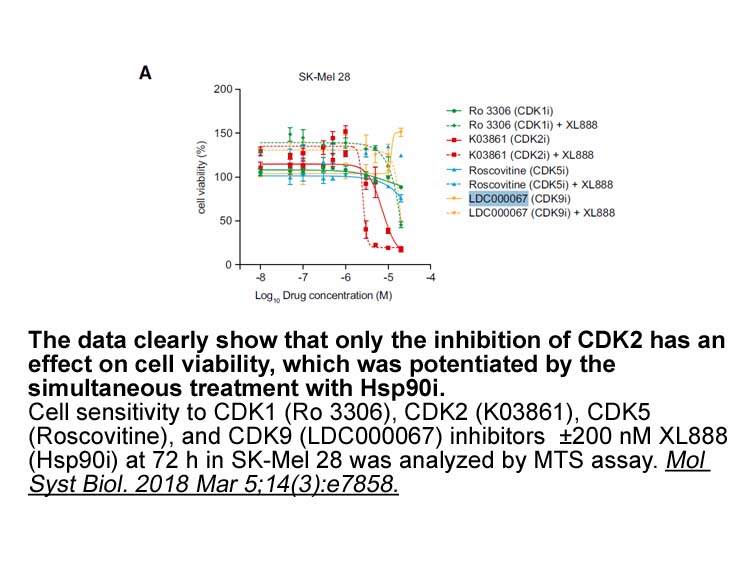
Because most fusion detection methods were developed to analyze paired-end reads (and especially Illumina data), they are not suitable for identifying fusion junction-spanning reads in single-end Ion Torrent libraries. Therefore, we developed the FusionDetect algorithm (implemented in the ChildDecod
-
The growth inhibitory effect of
2021-04-01
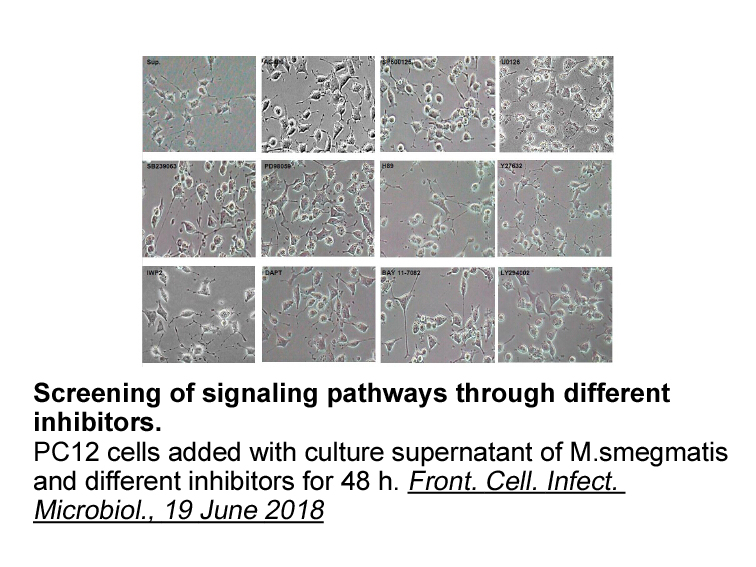
The growth inhibitory effect of PGE2 has been linked to the ability of Gs coupled PGE2 receptors EP2 and EP4 to mediate elevation of cAMP [22], [23]. Evidence suggests that this mechanism may not be the key cause of growth inhibition [24]. In various cell types, EP4 receptor has been shown to utiliz
-
In addition to providing substantial insight
2021-04-01
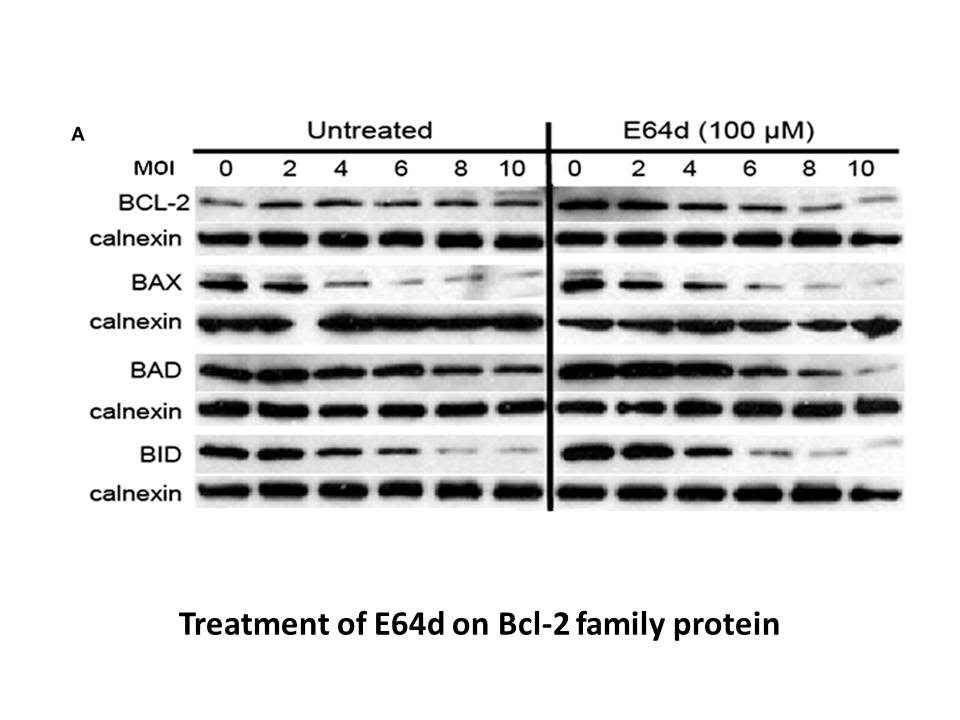
In addition to providing substantial insight into substrate recognition, structural studies have revealed important details about mechanisms of glycosylation and HCF-1 cleavage [28,30,33]. Activation of the nucleotide-sugar is accomplished through interactions of the β-phosphate with the N-terminus
-
br Materials and methods br Results
2021-04-01
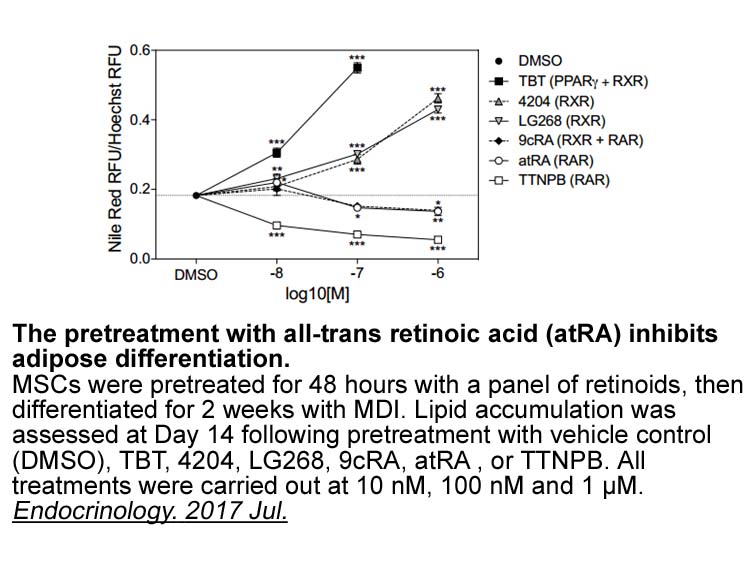
Materials and methods Results and discussion Concluding remarks Together, the results of the theoretical kinetic simulations and of the analysis of the experimentally determined kinetic data of SoBADH performed in this work show that ignoring substrate inhibition causes potentially importan
-
In conclusion we provide convincing evidence that the PRRSV
2021-04-01
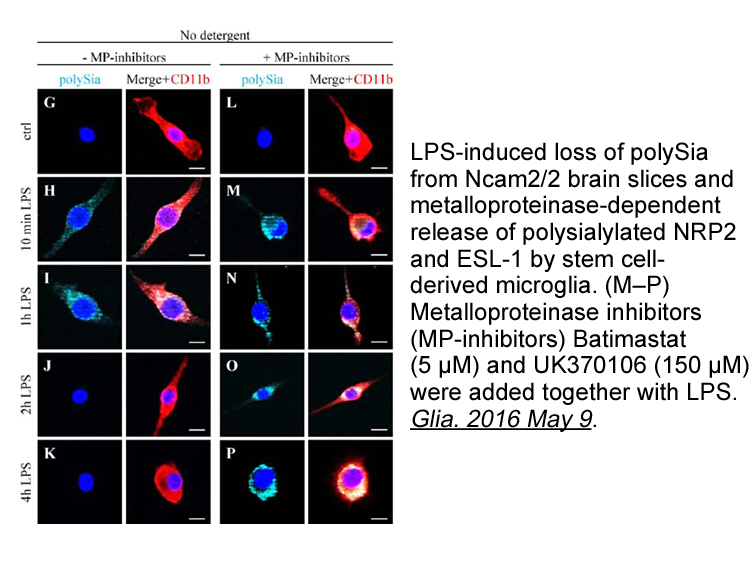
In conclusion, we provide convincing evidence that the PRRSV-induced SGs are indeed bona fide SGs. While we determined that mRNA is present in the PRRSV-induced SGs, we did not distinguish its origin. Future studies will need to determine whether the mRNA stored in PRRSV-induced SGs is of cellular o
-
1478 australia br Funding This work was supported by the gra
2021-04-01
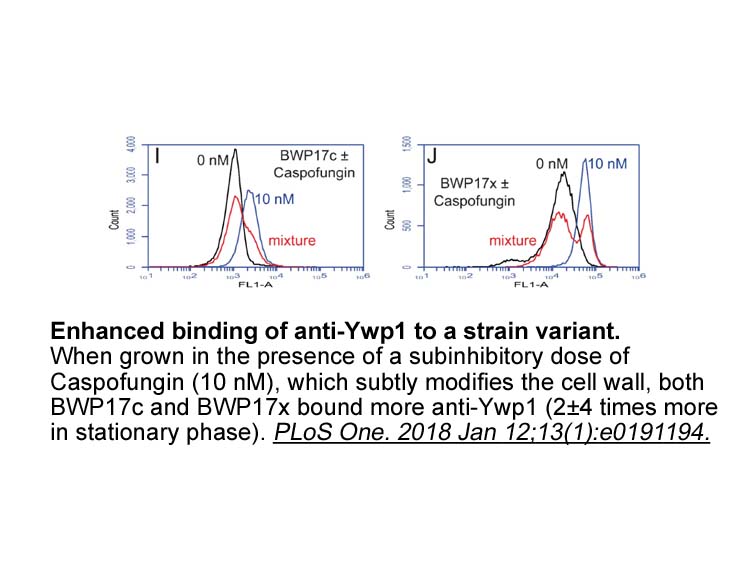
Funding This work was supported by the grants from MSD, Terumo Life Science Foundation, Takeda Science Foundation, and Japan Diabetes Foundation. Disclosures Acknowledgments The authors thank C. Morimoto (Juntendo University, Tokyo, Japan) and K. Takeda (Immunology Frontier Research Center
-
A great deal of research has focused on
2021-04-01
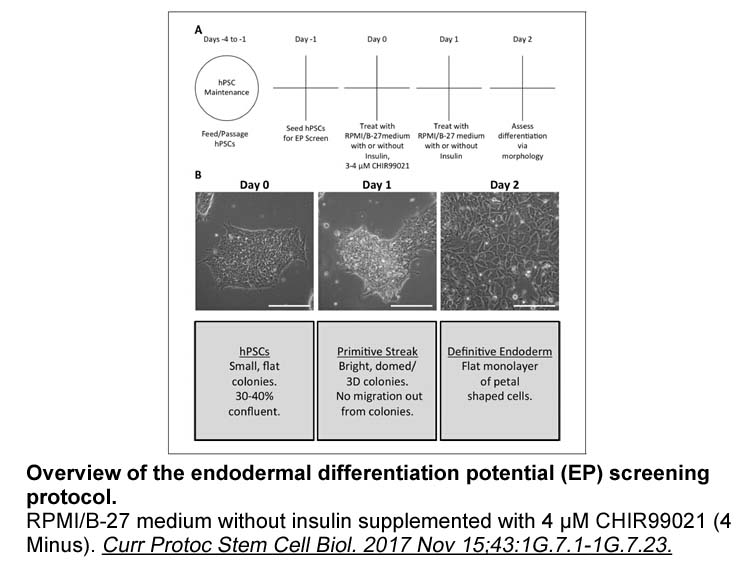
A great deal of research has focused on candidate medications to modulate dopaminergic mechanisms through which psychomotor stimulants produce addictive effects, i.e., drugs that expressly target the DA transporter, D1-like receptor, or D2-like receptors., , However, effective dopaminergic-based ph
-
All DGKs have at least two
2021-04-01

All DGKs have at least two cysteine-rich regions homologous to the C1A and C1B motifs of PKCs [26]. In theory, these domains may bind DAG, perhaps localizing DGKs to where DAG accumulates. However, no DGK C1 domain has so far been conclusively shown to bind DAG. In fact, structural predictions sugge
-
br Results br Discussion The structures presented here were
2021-04-01
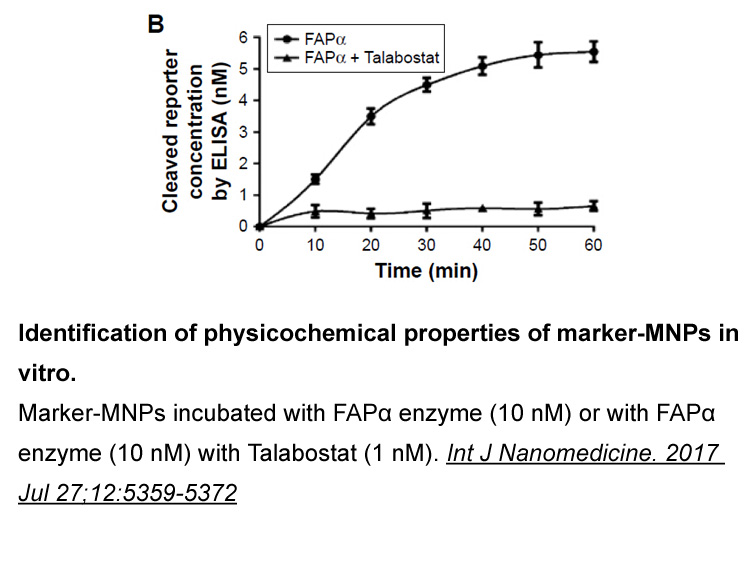
Results Discussion The structures presented here were solved at high PF-04620110 and show in detail how DDR1 achieves high affinity for imatinib and ponatinib, respectively. Both type II inhibitors bind in their more potent extended conformations to the inactive DFG-out conformation of the ki
-
For LAU extracted ion chromatograms of the
2021-03-31
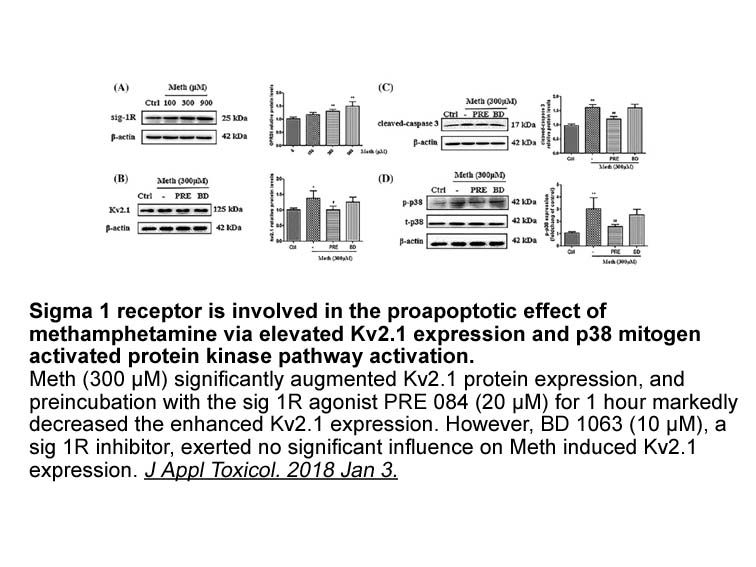
For LAU 399, extracted parecoxib synthesis chromatograms of the blank, t0, and t120 samples for the diagnostic product ion m/z 163.0216 are provided in Fig. S11, and extracted ion chromatograms of the t120 sample for m/z 163.0216 (diagnostic product ion), and m/z 308.1677 and 306.1522 (metabolites)
-
van Linden et al developed a
2021-03-31
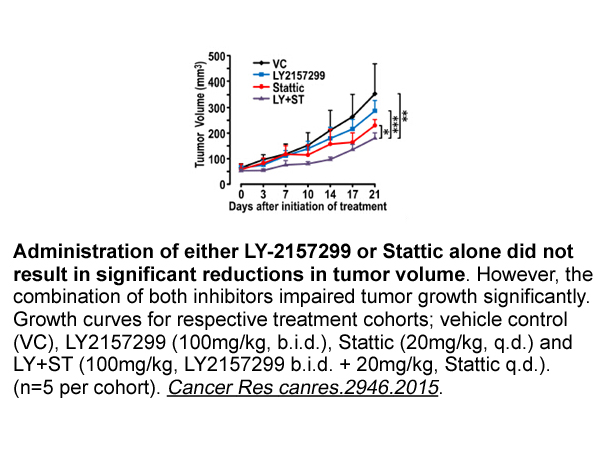
van Linden et al. developed a comprehensive guide that describes drug and ligand binding to more than 1200 human and mouse protein kinase domains [77]. Their KLIFS (kinase–ligand interaction fingerprint and structure) directory includes an alignment of 85 potential ligand binding-site residues occur
-
We propose two hypotheses to interpret our findings
2021-03-31
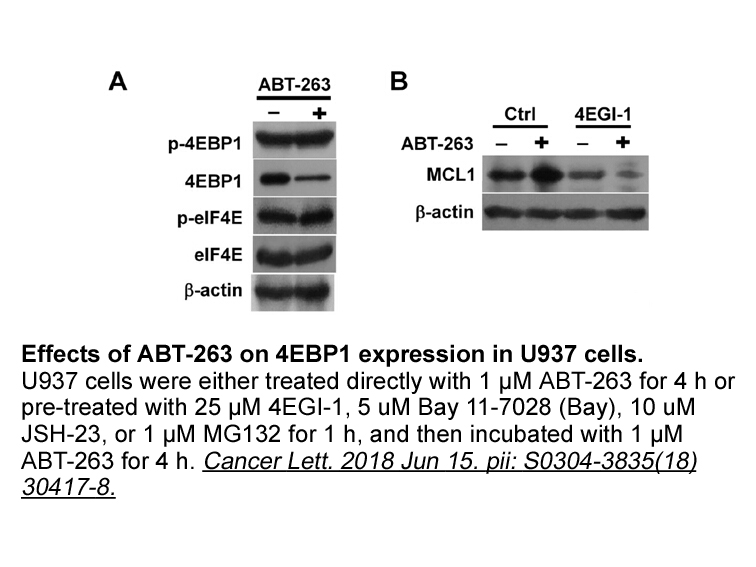
We propose two hypotheses to interpret our findings. The first, ELR (+) CXC chemokines stimulate both CXCR-1 and CXCR-2 chemokine receptor while activating neutrophils; however CXCR-1 chemokine receptor seems to play more active role in the process of neutrophil migration as shown in previous studie
-
Regarding the effects of CRF on anxiety Sahuque et
2021-03-31
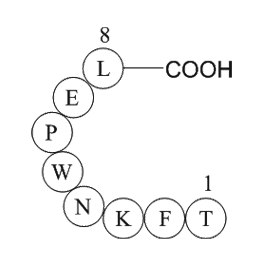
Regarding the effects of CRF on anxiety, Sahuque et al. (2006) have demonstrated that this neuropeptide also enhances anxiety when injected into the bed nucleus of the stria terminalis (BNST), a Dabrafenib mg structure that has also been related to defensive behavior (Casada and Dafny, 1991, Chen e
-
br Results br Discussion br Experimental Procedures br Autho
2021-03-31
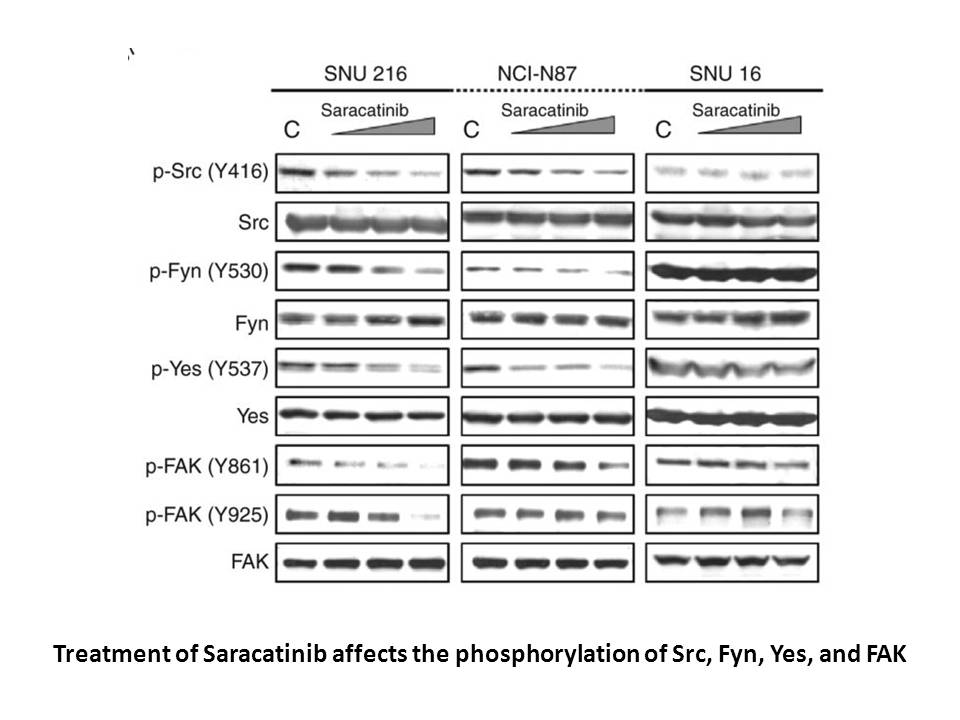
Results Discussion Experimental Procedures Author Contributions Acknowledgments Introduction Excitatory synaptic transmission within the brain is largely mediated by ionotropic glutamate receptors. At glutamatergic synapses, α-amino-3-hydroxy-5-methylisoxazole-4-proprionic Phenacet
-
Depending on the needs of the product to be
2021-03-31
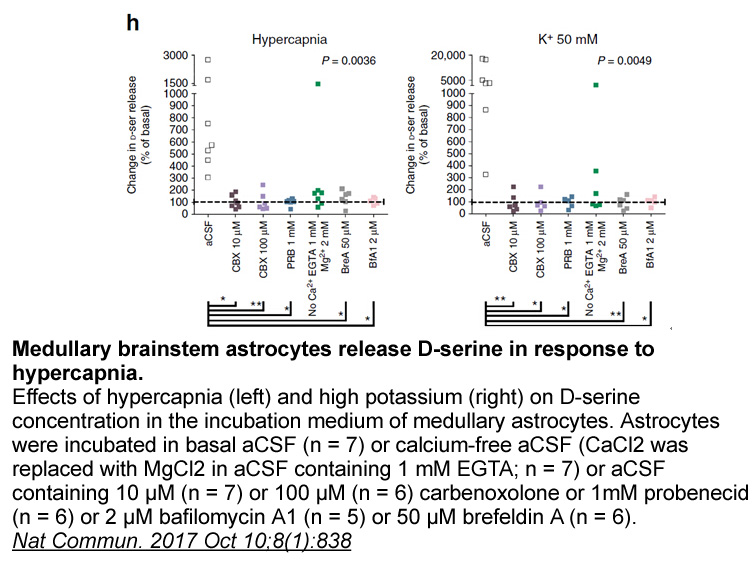
Depending on the needs of the product to be preserved, there are several levels of barrier packaging. Usually they are classified into low and high barriers. High barriers have a low oxygen transmittal rate, low moisture vapor transmission rate, and a high tensile strength, or puncture resistance. W
16299 records 690/1087 page Previous Next First page 上5页 686687688689690 下5页 Last page